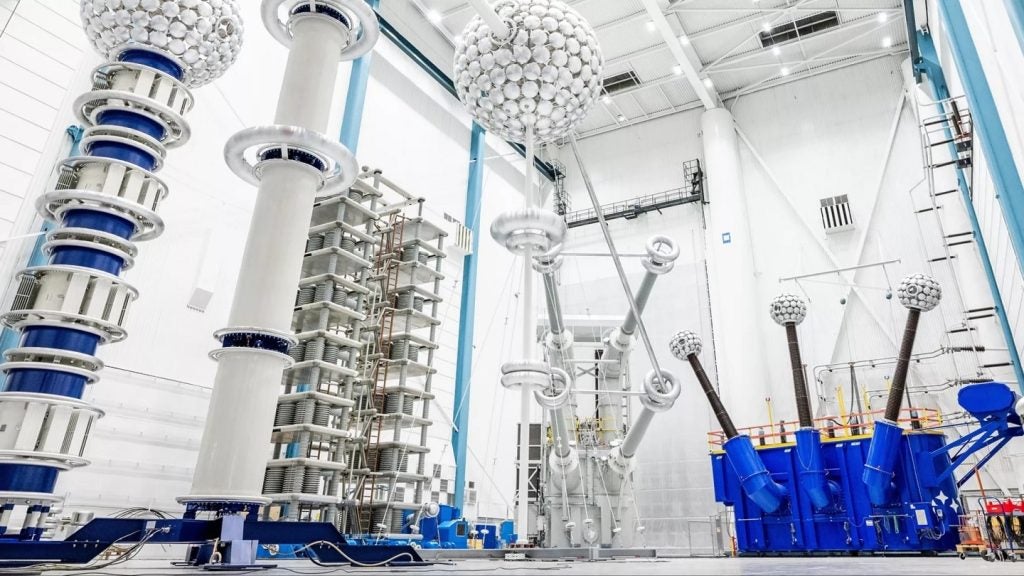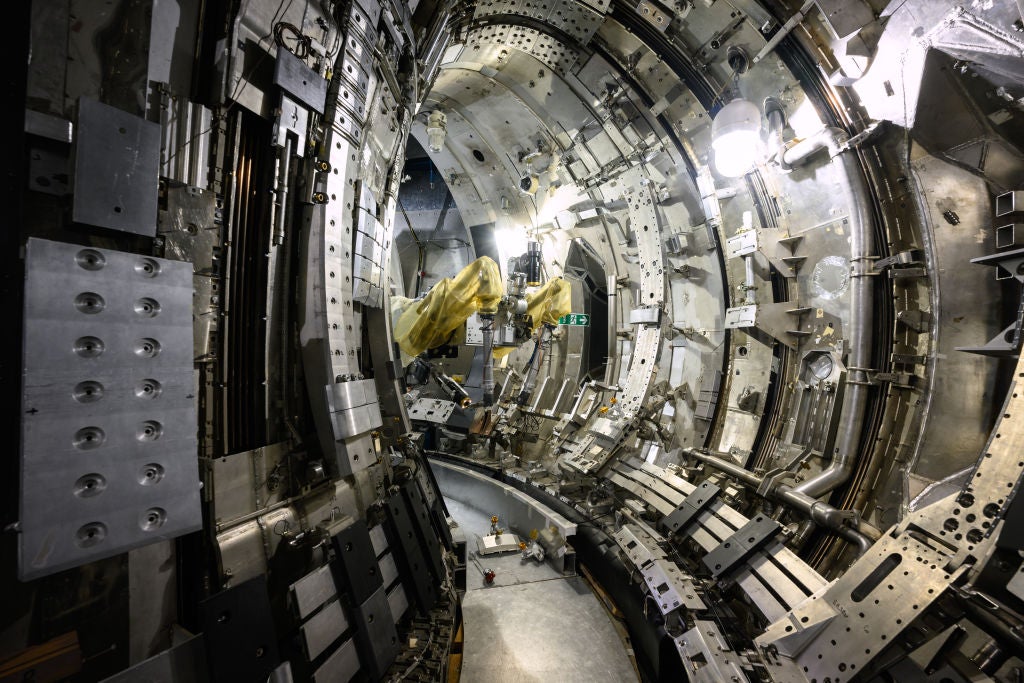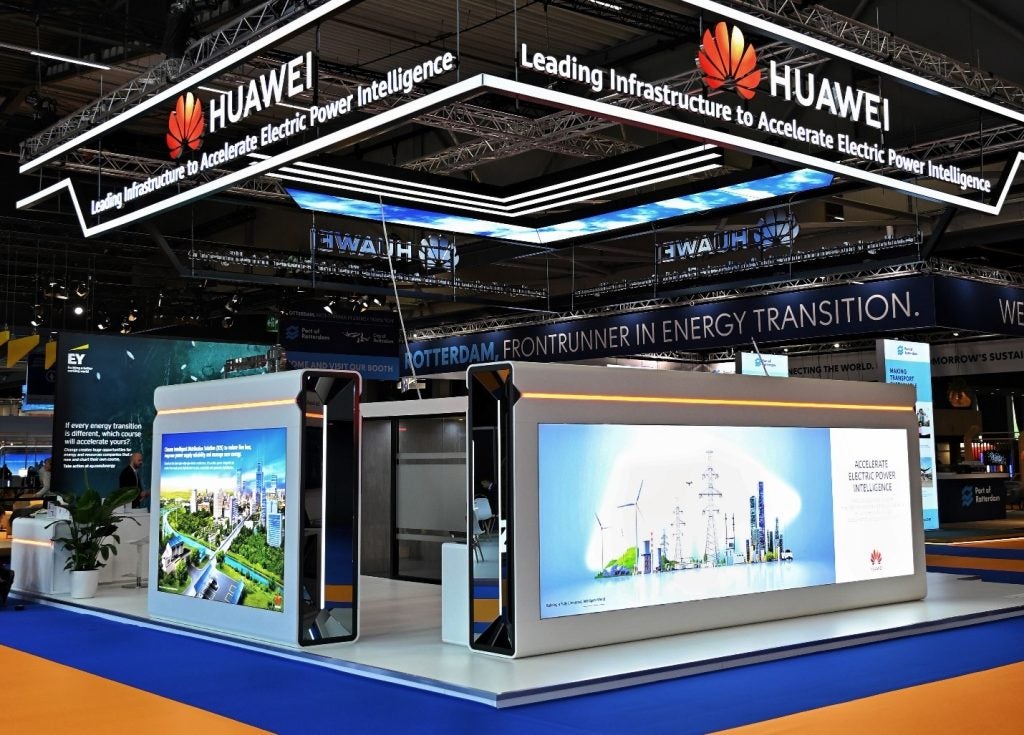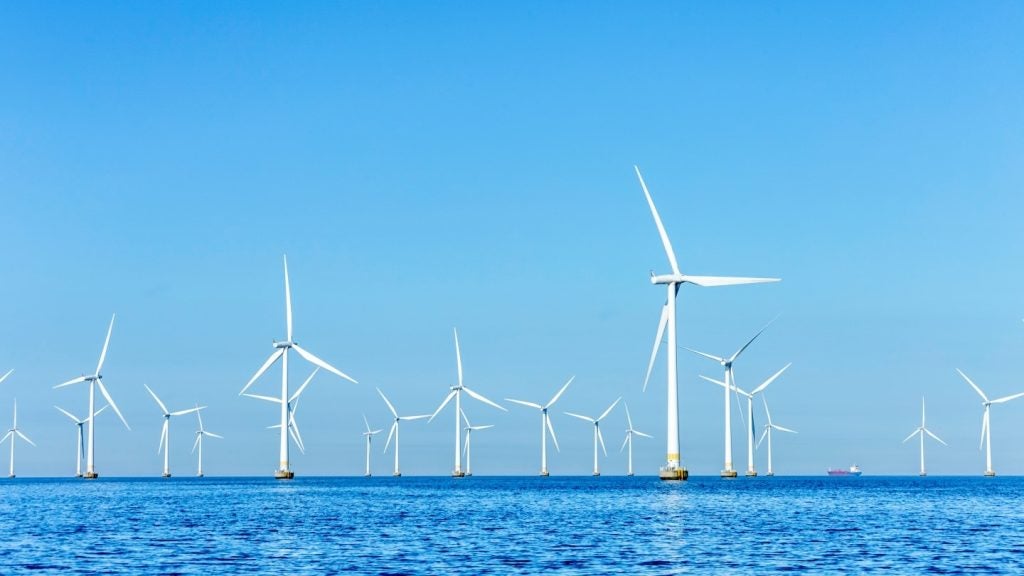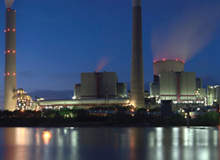
Worldwide, research into electrical generation and transmission is moving ahead at a fast pace, with the aim of raising efficiencies by improving the maintenance of existing generators and transmission networks, and designing new ones, including renewable options. Here we list some of the major institutes in the US, Europe and the Far East, where programmes are gaining extra funding, helping them lead the way with new developments in the power space.
The Joint Research Centre
The EC’s Joint Research Centre’s energy-related research focuses on sustainability and efficiency of energy production systems. In particular, the JRC looks at new and renewable energy sources in select areas such as photovoltaics, mainly measuring system performance and certification. It studies security of energy supply and transport sustainability, concentrating on transport emissions and their environmental impacts.
Work includes energy systems technology modelling, biofuels, clean coal and biomass, energy technologies and systems assessment, fuel cells, renewable energy and solar PV.
Made up of seven institutes in total, the JRC includes the Institute for Energy in the Netherlands. This provides scientific and technical support for energy-related community policies, particularly on the security of supply and sustainable and safe energy production.
See Also:
The World Nuclear Association (WNA)
How well do you really know your competitors?
Access the most comprehensive Company Profiles on the market, powered by GlobalData. Save hours of research. Gain competitive edge.

Thank you!
Your download email will arrive shortly
Not ready to buy yet? Download a free sample
We are confident about the unique quality of our Company Profiles. However, we want you to make the most beneficial decision for your business, so we offer a free sample that you can download by submitting the below form
By GlobalDataWith nuclear energy already strongly represented in the JRC’s Institute of Energy, the World Nuclear Association was set up to specifically support and promote the global nuclear industry. Although it is based in the UK, the members in 2001 appointed an American – John Ritch, former US ambassador to the UN – as director general.
Members include the whole supply chain from uranium mining and fuel fabrication companies to reactor vendors and generators. It shares knowledge and advances best-practice and safety information, with more than a dozen industry working groups.
The WNA aims to educate the industry, producing a biennial report on the outlook for nuclear power and the nuclear fuel markets, run the WNA Public Information Service and a WNN news service.
The National Renewable Energy Laboratory (NREL)
In the US, the Department of Energy’s main research lab – and its main renewable energy lab – is the National Renewable Energy laboratory (NREL). Set up in 1974 to perform broad research and promotional work, funding was slashed by the Reagan administration. NREL now works with private- and public-sector organisations to take renewable energy technologies from the lab to the marketplace. Programmes are mainly concentrated on advanced vehicles and fuels, such as solar and wind.
One of its programmes aims to improve the US power infrastructure by integrating distributed energy resources (DERs). It is working to interconnect many small, modular power generators such as combined heat and power (CHP) plants with energy management and storage. DER aims to improve infrastructure reliability and energy security while reducing transmission line congestion and voltage fluctuations. Smaller generators can then use non-traditional fuels and waste energy streams.
The NREL has done pioneering work to develop CHP, helping users to evaluate the potential and implement it within industry. It runs Clean Heat and Power Regional Application Centres and highlights case studies, regulations and incentives on a databases sub-page.
NREL is collaborating on renewable resources with many other organisations, one of which is CU-Boulder. With Colorado having some of the largest wind power capacity in the US, CU-Boulder is particularly strong in wind energy research. Its Electrical and Computer Engineering faculty has set up a Wind Energy Centre and is collaborating with the Colorado State University, the Colorado School of Mines – and NREL. Formed in early 2007, the partnership has already spun off a research and education centre for biorefining and biofuels. The university has also helped found the Renewable and Sustainable Energy Institute (RASEI), an interdisciplinary R&D effort, again with NREL, that aims to produce economical renewable energy.
Another interesting area of research at CU-Boulder is on large-scale electrical energy storage, led by Dr. Frank Barnes. The aim of this project is to buffer generation and demand, optimise transmission line infrastructure and generate revenue by capturing otherwise wasted energy.
The Electric Power Research Institute, US
Research and development at the Electric Power Research Institute (EPRI) concentrates on generating, delivering and using electricity. EPRI’s members represent more than 90% of the electricity generated and delivered in the US, with participation extending to 40 countries.
The institute was founded by Chauncey Starr, an American electrical engineer who had been Vice President of Rockwell. Funding of many programmes comes from the electric utility industry. Many of the programmes aim to reduce emissions from the existing fossil-fuelled generating fleet, reducing emissions and building new, more efficient generating units with advanced emissions control and developing renewable generation.
EPRI is working on clean coal technology and with the Coal Utilization Research Council (EURC) it has produced a roadmap of the R&D and technology demonstrations required for clean coal burning. One demonstration adds solar thermal to give a hybrid application to existing fossil-fuelled plants. Other work aims to add CO2 capture systems and secure geologic storage to pulverized coal plants, including integrated chilled-ammonia carbon capture and storage (CCS) and injection into two different underground formations.
The Central Research Institute of Electric Power Industry, Japan
The Japanese equivalent of the EPRI, but with even broader remit, is the Central Research Institute of Electric Power Industry (CRIEPI). With the Japanese national electric system felt to be generally secure, CRIEPI’s major aim is to help use existing electric power transmission and distribution facilities effectively. Much of its work concentrates on improving diagnostic and reliability evaluation technologies and maintenance techniques.
The CRIEPI is developing numerical analysis models to estimate the temperature distribution of gas turbine blades in power stations. Complex air-cooling paths are built into the blades – it is difficult to measure blade temperatures as the blades rotate in the high-speed combustion gases. Simulating flows, heat transfer and stress distributions make accurate predictions of operating temperatures possible. That can in turn predict the degradation of the blades and their remaining life.
Another project it is carrying out is on verification testing of ultrasonic defect detection inside the metal piping in power plants and other facilities. The CRIEPI has developed a programme to estimate repair costs, which tend to increase with age, and best interval of periodic inspection and repair.
Energy Research Institute, China
The Energy Research Institute (ERI) is a national research organisation that concentrates on China’s specific energy issues. Administered by the National Development and Reform Commission (NDRC), it publishes “Energy of China” and owns Beijing Jike New Energy Technology Company.
The institute studies key energy-economic theories and methods including energy exploitation and development, processing, transmission and end use. Much of the work provides input to central and local governments for setting energy development strategies, plans and regulations. That includes energy efficiency and renewable energy studies, along with the effects of energy consumption on climate change.
The Energy Resources Institute, India
Over a billion people in the world live without access to power, and about 400 million of them live in India. There, even where power is connected, supply is often erratic at best. Nobel Prize winner Dr Rajendra Pachauri, chief executive at TERI (The Energy Resources Institute) is working on bringing free lighting to villages in the form of 12-lux solar lanterns. TERI has selected villages to benefit under its Lighting a Billion Lives Campaign, identified local NGOs to do the work and developed manufacturers and suppliers.
Set up in 1974, TERI set up the TERI University in 1998. Other interesting work includes a biofuels project in Andhra Pradesh, working with thousands of farmers spread over fairly large areas cultivating jatropha in the unproductive areas of farmers’ fields. It also works closely with agencies around the world on projects like making energy efficient buildings and industrial units.



